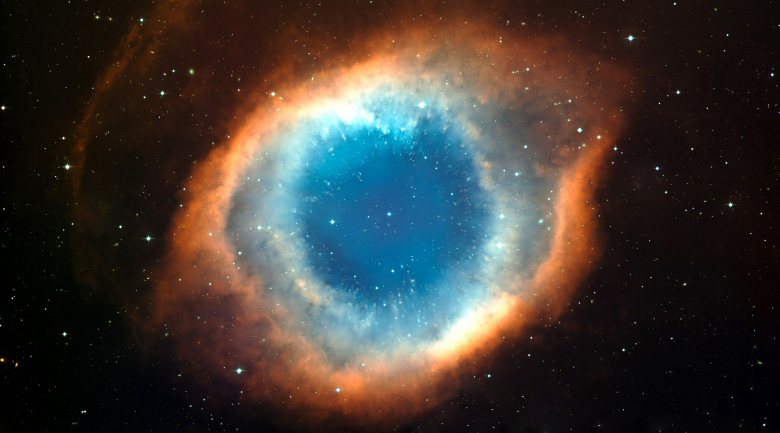
Astronomers learning about the Universe need big and powerful telescopes to see deep into space – to observe regions never seen before – to reveal the secrets of how the Universe has evolved, and tell us why it is the way it is today.
LAND-BASED TELESCOPES ELT – the Extremely Large Telescope will be the world’s largest optical telescope.
HARMONI is being designed and built by a European team led jointly by the University of Oxford and STFC’s UK Astronomy Technology Centre and will provide the ELT with a sensitivity that is many hundreds of times better than any current telescope of its kind.
SPACE-BASED TELESCOPE JWST – the James Webb Space Telescope will be the world’s largest space telescope.
Over 150,000 children and adults, including schools in underserved communities, will experience the fantastic stories, science, engineering and people behind Webb in planetariums across the UK. Funded by an STFC Spark award, AstroBoost is a project created on behalf of the Royal Astronomical Society and three partner societies, Telescope UK Campaign, Guildford and Newbury Astronomical Societies, and Hampshire Astronomical Group.
The aim is to create a suite of Webb telescope resources to be used by the three partner societies with the public, including instructions for building a mini Lego Webb telescope model, which was created by Dr William Taylor, Instrument Scientist at UK ATC. CONCLUSION. ELT, SKA and Webb are just three examples of major land- and space-based telescopes where STFC scientists, engineers and technicians work in collaboration with partners and Institutions globally to truly push the frontiers of astronomy and space science.
